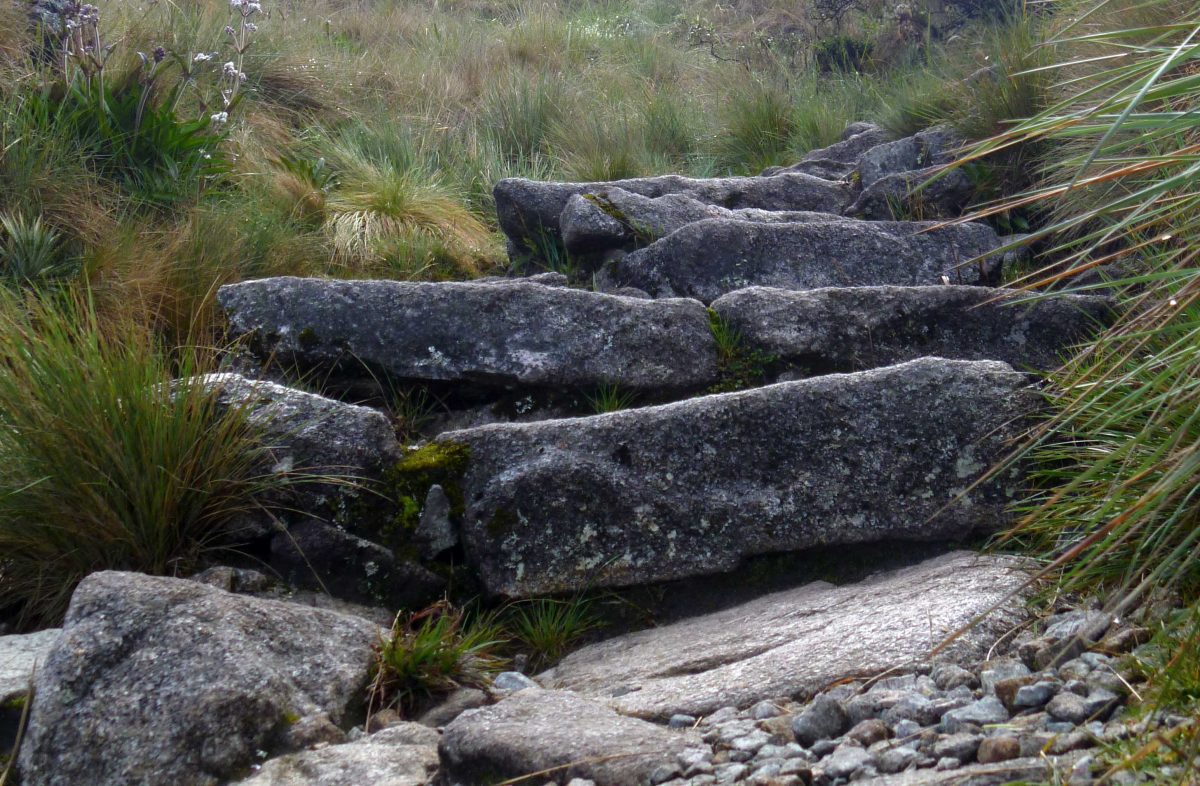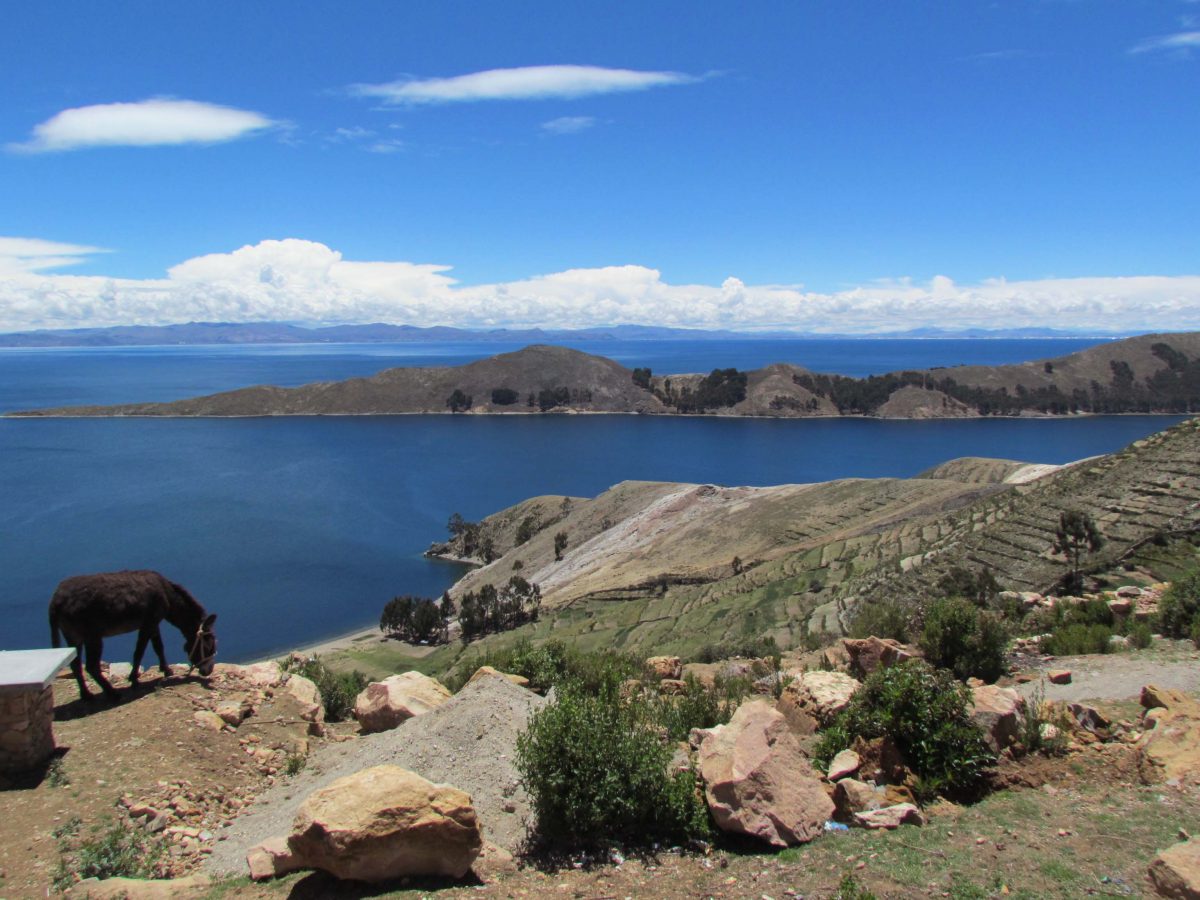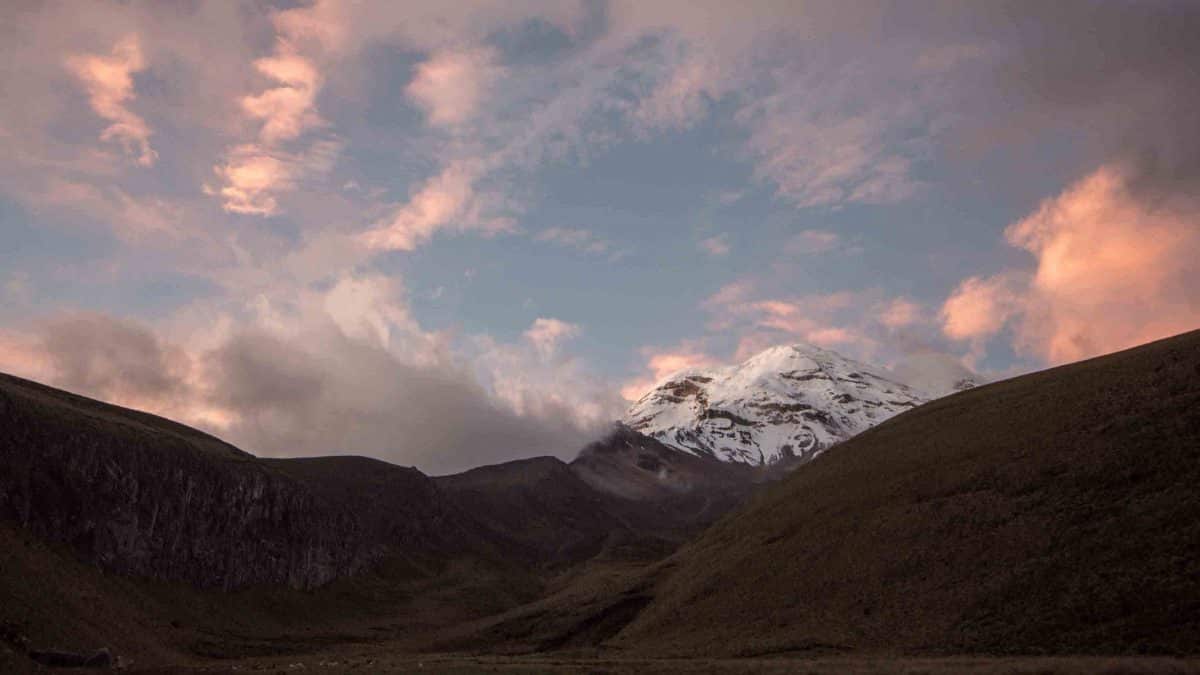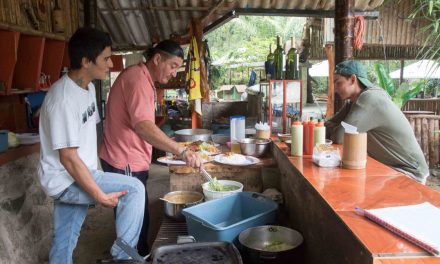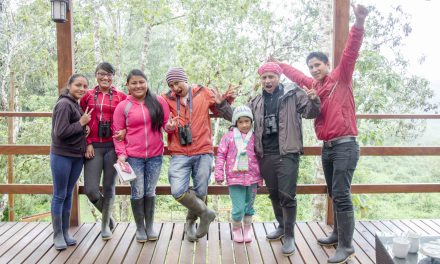As responsible travelers evolve, so do the stories we share.
This article is part of our living archive — trusted content we continue to care for.
First published on August 23, 2025 • Last updated on October 9, 2025.
I have discovered a love for high altitude travel that makes my poor, altitude-hating husband want to cry. Something has changed since my horrendous five-steps-at-a-time hike over Dead Woman’s Pass on the Inca Trail left me nauseous, stumbling with lassitude, and struggling to take each breath. Nowadays, my body rarely struggles against the thin air, my head does not ache, and my stomach appreciates my
While my husband treats high altitude with similar respect, his body does not always respond in a positive way. Having an altitude-sick traveling companion can be frustrating for friends and family, especially for those that don’t feel a thing. But struggling at high altitude rarely means the end of your trip.
Prefer to listen instead? Here are 7 Essential Tips for Tackling High Altitude Travel.
What is High Altitude?
Doctors consider any location over 4,900 feet (1,500 meters) to be high altitude. Very high is 11,500 feet (3,500 meters) and extreme is anything over 18,000 feet (5,500 meters).
Let’s put those numbers into American perspective.
The highest city in the United States is Denver at 5,280 feet (1,609 meters), nicknamed the Mile High City for good reason! Quito, Ecuador, the second-highest capital city in the world, lies at 9,350 feet (2,850 meters), not quite twice as high as Denver. Nearby tourist destinations in Quito like the Teleferico (13,451 feet or 4,100 meters) and the Refugio at Cotopaxi National Park (15, 744 feet or 4,800 meters) easily qualify as very high altitude.
How High Altitude Affects Your Body
As our blood pumps through our veins, it takes oxygen that we
Because your muscles require extra attention to operate at high altitude, other systems tend to slow down. Often blamed on drinking tap water or eating poorly-washed raw veggies (which can both be a problem), stomach issues like bloating, diarrhea, or constipation are normal, especially the first couple of days at altitude.
Many people also struggle with headaches at high altitude. A large part of what they feel is dehydration. The combination of high mountains, quick evaporation of sweat so that you don’t notice how hard your body is working, and the lack of easily drinkable water straight from the tap all add to the danger.
In rare cases, a person might experience fever and vomiting. Our youngest son experienced this while visiting Lake Titicaca in Peru. We were able to control his symptoms with medication bought at a local pharmacy. We were not aware of the relationship between dehydration and altitude and could have taken steps to prevent some of his worse symptoms.
What Are The Symptoms of High Altitude Sickness?
True high altitude sickness, also called Acute Mountain Sickness (AMS), is dangerous and life-threatening. Most visitors to the Andes never experience it. But if you are visiting locations in the very high to extremely high altitude range, you need to be aware of these symptoms.
One or two symptoms alone are not a big worry. Three or more and it is important to get to a lower altitude, hydrate, take medication, and rest. Worse case scenarios lead to
Headache
This is not just a standard headache. It may start as a dull ache but will end up feeling like a vise has gripped your skull. And medication may dull it but not take it completely away.
Lassitude
Your body just doesn’t want to move. You would be happy to sit down in the middle of the trail and just stop hiking.
Drowsiness
All you want to do is go to sleep. This is lassitude in the extreme.
Nausea
You feel like throwing up or are actually doing it. From my experience, it’s like being on a never-ending boat trip on the high seas.
Lack of Coordination
If you find yourself stumbling and tripping along the trail, you are likely feeling the effects of altitude.
Confusion
This is hard to recognize in yourself but if your friends and family are not answering basic questions with straightforward answers, don’t understand where they are or what they are doing, get them down the mountain and to a doctor.
How To Tackle High-Altitude Travel
Ask your doctor for a prescription for acetazolamide (Diamox) before arriving at your high-altitude vacation destination. This medication is not for everyone and I recommend reading all of the side effects
If you have these pre-existing medical conditions, please consult your doctor BEFORE traveling: heart disease, arrhythmias, congenital heart problems, fluid retention side-effects from heart failure, pulmonary hypertension, asthma, emphysema, cystic fibrosis, seizures, and brain tumors. Consider seeing your doctor if you have high blood pressure or suffer from migraines. For more information, check out the Institute for Altitude Medicine website.
1. Hydrate BEFORE you travel
A good week before you get on that airplane, make sure you are drinking lots of water. Every cell in your body needs to feel hydrated before you get on that plane. Don’t like water? Consider adding an Electrolyte Mix like Cure.
2. Hydrate while flying
I know it is a pain to visit the bathroom on a flight but arriving at a high altitude destination already dehydrated is a guaranteed way to experience the headaches that hit so many visitors. We bring an empty Swell water bottle through security and fill on the other side.
3. Hydrate while traveling
Keep drinking plenty of liquids throughout your entire trip. Since tap water is often not safe to drink, especially in many parts of South America, it’s a good idea to carry purification tablets for situations where clean water isn’t readily available.
On our latest trip to Peru, we tested a new product—Zaca Hydrate and Revive recovery chewables. Honestly, I was skeptical when we packed them, but these little sweet tart-like tablets surprised us both. They helped ease the low-grade, headachey symptoms that Scott and I usually experience during the first 24 hours at altitude. While they’re no magic cure, they became a welcome addition to our travel kit and a small step toward feeling better, faster.
That said, be mindful of alcohol consumption. While you don’t need to avoid it altogether, it’s wise to limit your intake. The symptoms of high-altitude sickness and a hangover can feel remarkably similar—and confusing the two can delay proper treatment. Altitude sickness is no joke; if left unchecked, it can become life-threatening.
4. Pre-medicate
Upon arrival, take your favorite headache medication, even if you don’t feel a headache. Take it with an entire bottle of water. This will help prevent that first headache, often so hard to get rid of once it arrives. It will also help with achy muscles that come from working harder at high altitude.
Some people like using altitude sickness prevention patches. We have yet to give these natural remedies a go but my husband is willing to give anything a try at least once.
5. Eat small meals
Because your stomach is likely to struggle at altitude, at least the first couple of days, treat it with respect. Eat lightly and consider eating lots of soup rather than heavy foods.
If hiking at high altitude, consider skipping meals and eating high energy snacks instead (gluten-free and plant-based Larabars are my favorite). I’ve also found a thermos of hot tea can do wonders. Whether it is the shot of caffeine or the additional liquid that makes a difference, I’m not sure.
6. Consider local remedies
Every location has a local remedy for high altitude. In Peru, drinking coca tea has become an almost time-honored tradition, especially on the Inca Trail where your porter might greet you with a cup each morning. In Ecuador, some people swear by guayasa tea, others say that chocolate helps but the overall favorite is
None of these will actually help with true AMS but with high altitude adjustment, none of them hurt and some of them might actually help.
7. Postpone the Highest Altitude Day Trips
If you or anyone in your group feels the effects of high altitude, don’t go higher. If you must, have a backup plan if symptoms start to look like those mentioned above. Preventing true altitude sickness is worth changing your plans.
In closing, I just want to point out that many people never have problems at all. As Inca Trail guide Fredy Zapata told me, he can never guess who will struggle and who won’t. Come prepared, take precautions, and give your body a fighting chance to do well.
Catch the podcast version here:


